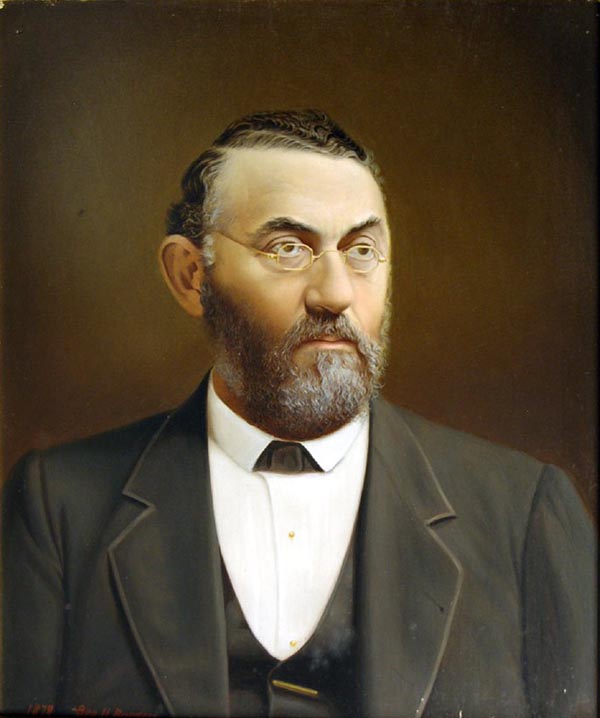George Henry Burgess (June 8, 1831 - April 22, 1905) was a British-American landscape painter and viewmaker. Burgess was born in London to a well-known surgeon. More interested in art that the medical profession, Burgess began studies at the Somerset House School of Design. Inspired by the 1849 California Gold Rush, Burgess and his brothers Edward Burgess (1820 - 1870) and William Hubert Burgess (1824 - 1893) moved to San Francisco, arriving around July 1849. They served as miners, jewelers, hunters, and more, but all the while captured scenes of the city and surrounding country at the height of the Gold Rush hustle and bustle. During this time, they also traveled three times to Hawaii. Their longest stay was 1855 - 1856, with shorter visits in 1866 and 1871 (when Edward died). On these visits they traveled around the archipelago making drawings and sketches. In 1858 he traveled by canoe up the Fraser river in British Columbia, Canada when gold was discovered making sketches and paintings along the way. Burgess eventually made San Francisco his permanent home where he established himself as portraitist - one of San Francisco's first. In 1871, he cofounded the San Francisco Art Association where he taught art and produced lithographic views. Many of his views and drawings were turned into chromolithographic views during this period. He died in Oakland, California, 1905.


